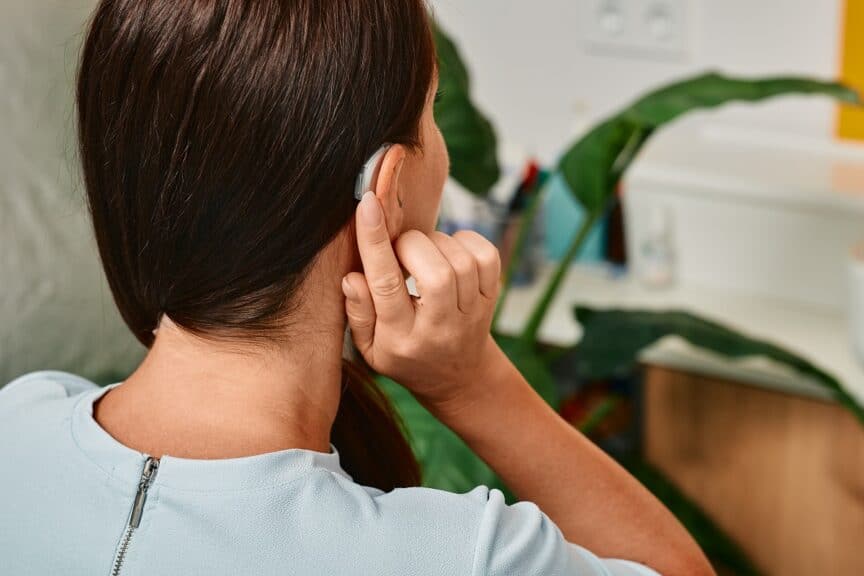If you are a new owner of a pair of hearing aids, congratulations! These devices can have a profound effect not only on your experience of the sounding world but also on the health of your relationships, body, and mind. When you consistently wear hearing aids, you can promote better cognitive health as you age, as well. With these important benefits in mind, you will certainly want to keep your hearing aids in top working order. The good news is that most of the latest hearing aids require remarkably little maintenance to stay operational. Some hearing aids do require battery replacements, meaning that you will need to manipulate the small components to put a small battery in the compartment where debris can enter. However, most of the newest models use rechargeable batteries, and there are few points of entry for dirt or debris. Whether you have hearing aids with replaceable or rechargeable batteries, there are a few simple steps you can take to clean your aids. Let’s take a look at the process of maintenance, as well as how you know that you should seek assistance.
Basic Cleaning
When you use your hearing aids regularly, they are sure to need some basic cleaning from time to time. The first step to take is to wipe down the surface of your aids with a clean, dry cloth. Some people use a tissue, while others prefer a clean microfiber towel. This process will remove any build-up from the surface of your aids, whether that comes from earwax or other debris. You might notice that the speaker of your aids, the portion that is inserted into your ear canal, becomes coated with waxy buildup. Indeed, this component of the hearing aid requires the most attention. If too much earwax or other substance is coated on the speaker of your hearing aid, then you can develop a muffled or distorted sound from your devices. Some tools are available over the counter to help with cleaning this region. A wire loop can be used to scrape off the screen covering the speaker, and a tiny brush can be useful to dislodge earwax from any of the holes that approach the interior of the unit. Use these tools with care, making sure not to force any debris into your devices.
Moisture Removal
A more advanced cleaning procedure has to do with moisture that might have worked its way into your hearing aids. Perhaps you were wearing your aids and were caught in a rainstorm. Maybe you brought your hearing aids to the beach, pool, or on a boat and experienced some spray from the body of water. In the worst case, you might have dropped your hearing aids into standing water. Although most aids can withstand a temporary immersion in fluid, you will want to take steps to remove any moisture that could have entered your aids. When moisture gets into your hearing aids, it can take time to cause rust or corrosion in some of the tiny parts, so a preventative drying is wise. Begin with a clean, dry, absorptive cloth or towel on the surface of the aids to soak up any droplets. You may want to follow up with storing your hearing aids in a sealed bag of uncooked rice overnight. The rice can absorb some of the moisture from the units in some cases. You can also buy a hearing aid dryer to do a more thorough job of the task. Particularly those who live in very humid climates might like to keep their hearing aids in a hearing aid dryer when not in use, making sure that humidity does not accumulate in the tiny internal components.
Advanced Cleaning
Beyond these simple steps, you will want to contact a professional for cleaning assistance. You can call our hearing health professionals to ask about any repairs, malfunctions or other needs associated with your hearing aids. There are some tasks we can perform in-house to care for your aids. In the event that you need further assistance, we can help you contact the manufacturer or a licensed repair technician to get your aids back in top working order.

